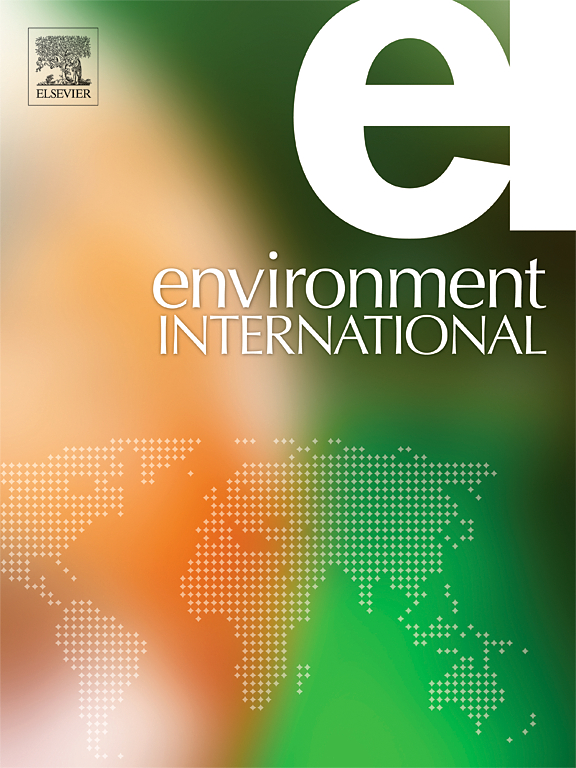A novel data-driven screening method of antidepressants stability in wastewater and the guidance of environmental regulations
IF 10.3
1区 环境科学与生态学
Q1 ENVIRONMENTAL SCIENCES
引用次数: 0
Abstract
Wastewater-based epidemiology (WBE) represents a powerful technique for quantifying the attenuation characteristics and consumption of pharmaceuticals. In addition to WBE, no further methods have been developed to assess the wastewater stability related to antidepressants (ADs). In this study, the biodegradability, solubility, and adsorption or partition of 66 ADs were objectively scored according to the relevant guidelines of the Organisation for Economic Cooperation and Development. An assessment framework and the MSSL-RealFormer classification model of ADs wastewater stability were constructed based on physicochemical properties to predict the ADs wastewater stability and the quantitative structure–activity relationship. The constructed MSSL-RealFormer classification model exhibited a markedly higher prediction accuracy than traditional methods. Furthermore, 15 high-stable ADs in wastewater with low biodegradability, high solubility, and low adsorption or partition were identified. SHapley Additive exPlanation method demonstrated that group hydrophobicity, electrostatic and van der Waals forces exerted a significant influence on the ADs wastewater stability. And molecular stability was found to be significantly correlated with the ADs wastewater stability. A combination of density functional theory and MSSL-RealFormer classification model was employed to identify 17 high-stable transformation products of nine medium- and low-stable ADs in wastewater. The Ecological Structure Activity Relationships model demonstrated that bupropion, tapentadol and chlorpheniramine exhibited significant acute toxicity to the aquatic food chain. In this study, a novel deep learning model was constructed to rapidly screen the correlation between the ADs wastewater stability and their molecular structures. It is anticipated to prove a favorable tool for optimizing the wastewater stability screening of pharmaceuticals.

数据驱动的新型废水中抗抑郁药稳定性筛选方法及环境法规指南
本文章由计算机程序翻译,如有差异,请以英文原文为准。
求助全文
约1分钟内获得全文
求助全文
来源期刊

Environment International
环境科学-环境科学
CiteScore
21.90
自引率
3.40%
发文量
734
审稿时长
2.8 months
期刊介绍:
Environmental Health publishes manuscripts focusing on critical aspects of environmental and occupational medicine, including studies in toxicology and epidemiology, to illuminate the human health implications of exposure to environmental hazards. The journal adopts an open-access model and practices open peer review.
It caters to scientists and practitioners across all environmental science domains, directly or indirectly impacting human health and well-being. With a commitment to enhancing the prevention of environmentally-related health risks, Environmental Health serves as a public health journal for the community and scientists engaged in matters of public health significance concerning the environment.
 求助内容:
求助内容: 应助结果提醒方式:
应助结果提醒方式:


